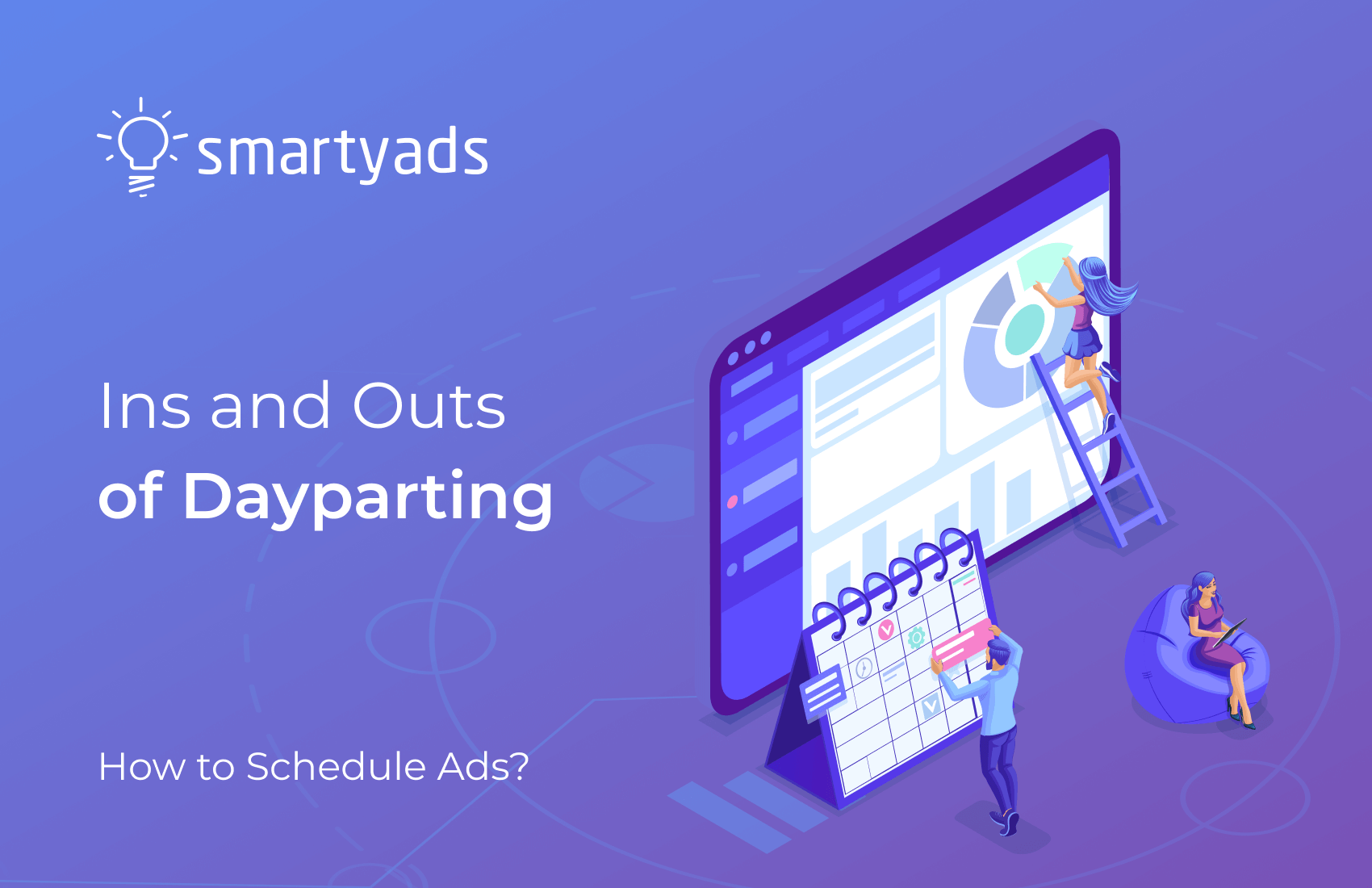Why is parting time (scheduling) of your ad campaign so important? When you launch an ad campaign on the advertising platform you have two possible scenarios to follow: to distribute ad serving evenly during the period or show ads only during particular days/hours. Setting the time of parting on DSP is very easy, however, it is important to understand which days of the week or hours of the day can influence your campaign so that it generates the maximum profit.
So, do you want your ads to be shown during peak hours when your target audience is online? Then follow the directions below, tune your ad schedule, and increase reach and brand exposure with this simple DSP function.
What is parting time and how to set it on DSP?
What is dayparting we already know so let’s try to define parting on DSP. Dayparting on DSP determines the time when the campaign is active. In a nutshell, it defines the bid timing: when your DSP bids on impressions (days and hours).
How to set it up on DSP? SmartyAds DSP guide instructs advertisers on how to create an ad campaign - after you’ve chosen an ad format you can fill in the basic ad campaign setting. Using the ‘Time’ tab (see the screen below) you can schedule your ad serving accordingly.
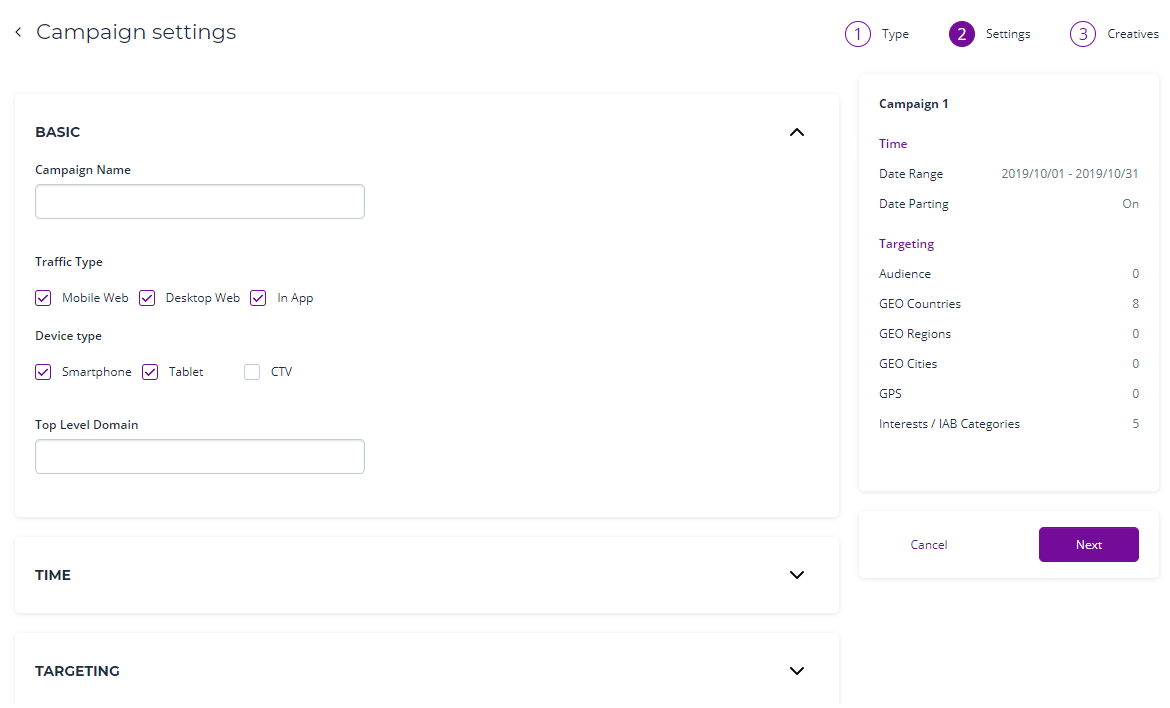
Open the tab ‘Time’ and then you will be able to select suitable ad show hours and days. In the same tab, you can also configure when your campaign starts and ends, then you should also select the timezone you advertise in.
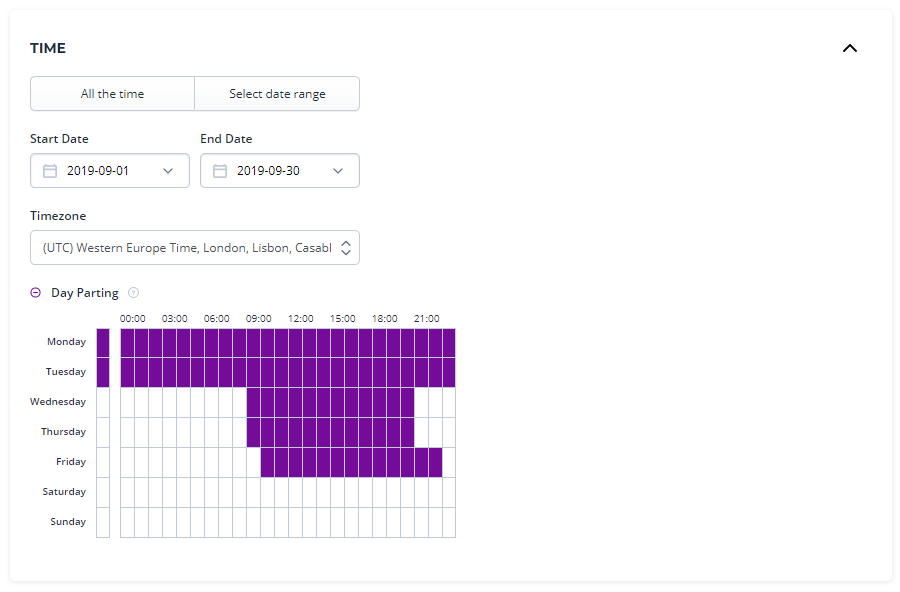
Looks simple and straightforward but let’s try to understand why your campaign needs this function and how to choose the advertising schedule correctly.
Time of parting: key factors it depends on
The time of parting is a very individual thing that may depend on your business, its working hours, the country you advertise in, and the online habits of your target audience.
For instance, if your business can process orders only during business hours excluding the weekends, it makes sense to sync your campaign to the operating schedule of your business. This way you won’t lose customers and your ad budgets won’t be spent in vain. Here's another reason why it is so important: if your target audience is active during the day and your campaign runs at night, you will never get the best results, that’s why it’s also important to choose targeting solutions that take into account the timezone.
What daypart times work best for?
Daypart times may have a dramatic impact on businesses that operate in the areas influenced by seasons, market fluctuations, spikes in search results as well as clicks and impressions. If the demand in your industry is relatively flat, the results from correctly applied dayparting time will be more humble.
The eCommerce businesses, for instance, may advertise more intensively during the holiday season targeting people during the hours they are off work. As well retailers can use DSP retargeting feature to advertise to the people who visited their stores but didn’t convert.
Dayparting may come in very handy when you apply geofencing or geotargeting campaigns as well. For example, there’s a big trade show that takes place at a certain venue during particular hours. Using the geo-targeting function you channel the ads to the mobile phones of the users who stay nearby. The dayparting, in turn, will help you to address them during the hours when this trade show is open.
How to define the advertising schedule for your campaign?
The daypart times may vary not only from industry to industry but also from brand to brand (especially if products or services have different specifics). According to general market-wide observations, working hours may appear the most productive for B2B businesses where activity rises between 10 AM and 12 PM. In B2C in contrast, demand surges during the holiday seasons, when people enjoy their leisure time, and during the early fringe period (4:00 to 7:30 p.m.)
At the same time, it doesn’t mean that you should focus only on these tendencies while picking the best hours and days of the week for your ad campaigns. The best practice will be to make a little survey investigation for your brand and run A/B testing.
Define when your audience is most active
Use this information as a starting point. You can use data from your CRM to analyze the peak hours when people make calls and use Google Analytics to analyze when people make purchases most often.
In Google Analytics, you can also search for predefined reports.
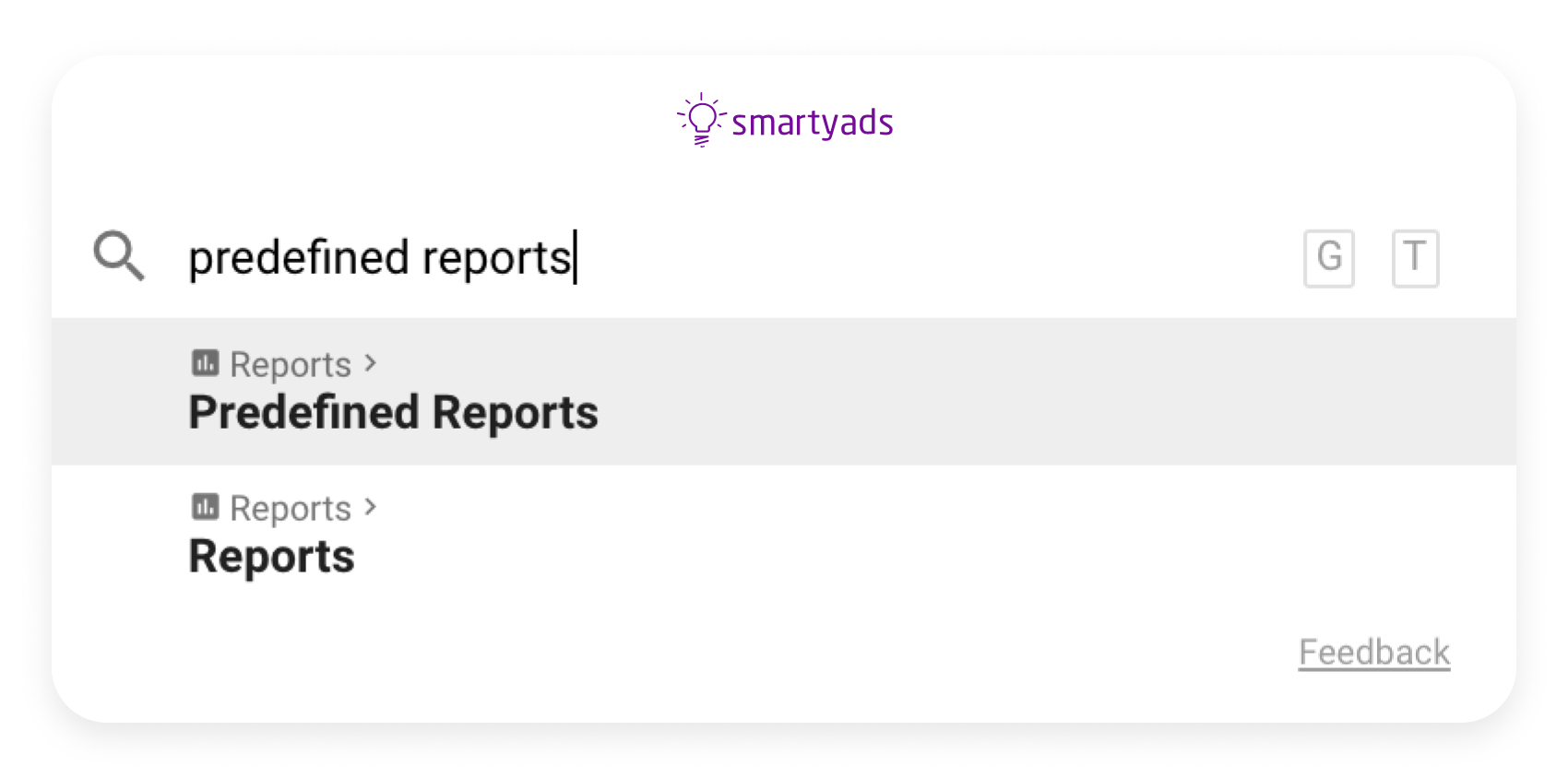
Scroll down until you see the stats that uncover where your users are the most active. Here you can also find a report regarding ‘How your active users are trending over time’.
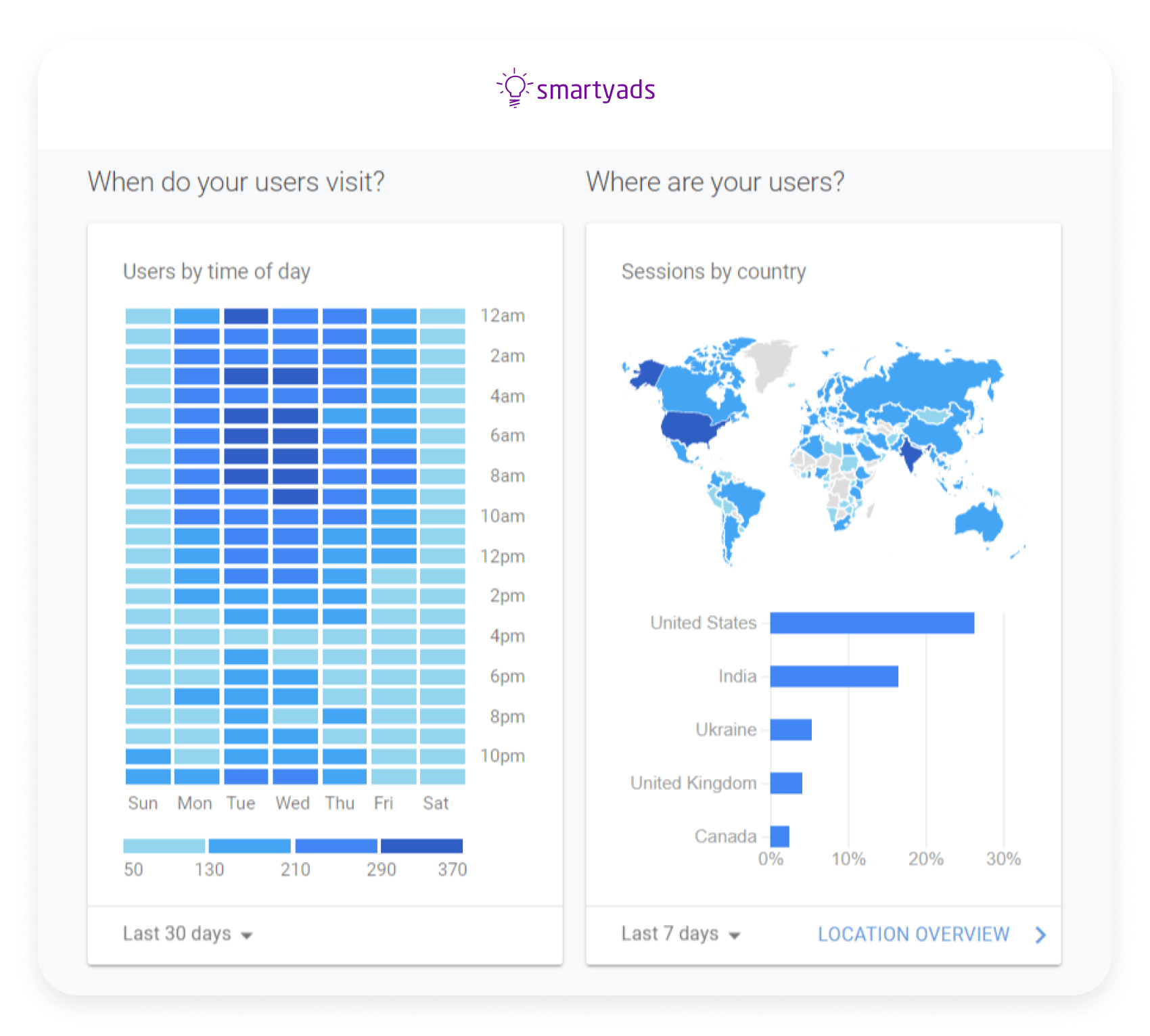
If you also run ads on Facebook and Instagram their internal stats will help you find a time when your audience is most active.
Take into account segments of your audience
Fitting your ad schedule according to the stats in GA is a sure way to get the right timing for dayparting. In case you don’t have a Google Analytics account yet here are the core criteria that you should keep in mind in order to adjust campaigns for different audience segments.
- Region - Do not forget about local time. In one region people may already go to bed, while in another, they already go to work. Always select the timezone correctly on your DSP.
- Daily routines - Middle-aged audiences mostly have a standard daily schedule, they tend to get up in the morning, spend the day at work, and go to bed before midnight, younger people (students), however, are more active during the night. Keep this in mind while fitting the selection day ad to your audience.
- The category of the product or service. Different products can be bought by people of different ages. Still, for example, meds against back pain may be more popular among senior people and office workers. It is likely that they flip through the websites at work: in the morning, at lunch, before going home.
Arrange ads spend correctly
We recommend setting the budget limits on DSP.
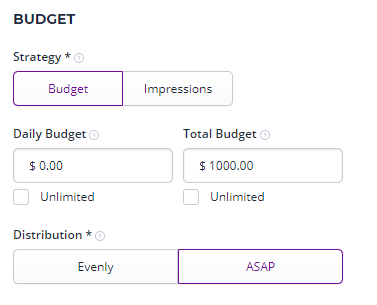
For instance, if you work with SmartyAds DSP and you want to actively advertise something like a discount or an upcoming event, and you have little time left, choose the ASAP option. It means that the platform will show your ad as many times as possible during the campaign period. If your offer is not very time-dependent you can distribute your budget more evenly (choosing the option “evenly’ in the campaign settings).
Use an existing audience for retargeting
Set the retargeting campaign if you launched DSP campaigns before. In this case, you can select an existing audience in your DSP. This audience will be “warmer”, which means people will be more likely to convert. If you have a website you can set up the pixel which provides you an additional opportunity to track how users interact with your creatives. On SmartyAds DSP you can set up tracking with Pixel, Image, and Postback URL.
![]()
To sum up
Advertisers spend a lot of time trying to optimize their campaigns and making every effort to squeeze everything out of it. Just the right selection day and an hour can propel a campaign forward as this way you will be showing the ads to the users when they are most susceptible to it. This turns ad scheduling (parting time) into one of the most popular optimization methods that advertisers can use. If you notice that running your ads at certain hours improves the performance of your ads, then you know for sure, that this parting time is right and you can apply this ad schedule for your current and future campaigns.
